Back in the day when I did cooking demos, I usually brought along my favorite pantry ingredients. I’d do a little show-and-tell for folks, explaining why I thought these things were essential for good cooking. And by good cooking, I meant flavorful cooking.
To make my favorites list, something had to be a real work-horse. But because it was my favorites list, some things, like Parmigiano Regianno cheese, were indulgences.
One thing I always did, however, was give people options. In truth, if you want to make something taste bolder, brighter, spicier, saltier, sweeter or meatier, you have a range of ingredients to choose from.
Right now while many of us are self-quarantining and limiting trips to the grocery store, I thought I’d revisit my favorites list and share with you all the many options you have for achieving flavor straight from your pantry and your larder (a term I use to include those staples that live in the fridge). You may not realize just how much flavor you already have on hand.
To be clear, my list here concentrates on flavor-boosters. In a future article, I’ll take a look at pantry and larder ingredients that are more like building blocks (beans, eggs, etc.).
10 Pantry Essentials
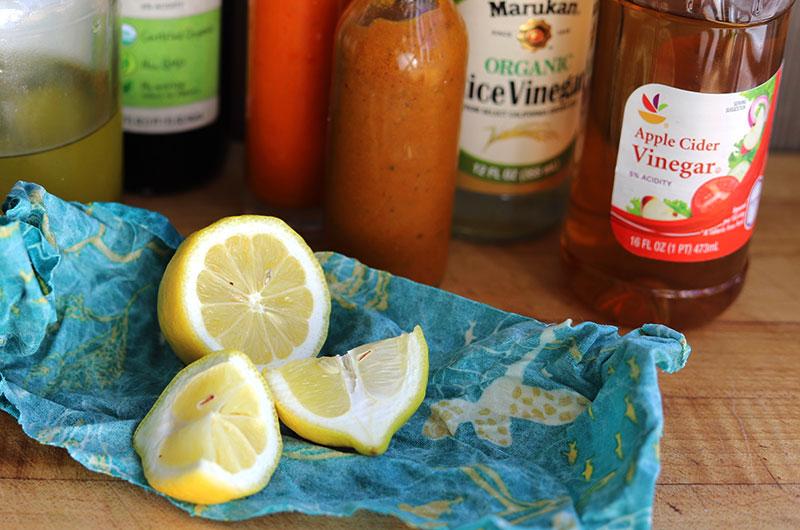
1. Acids: Citrus, Vinegars, Hot Sauces
A squeeze of lemon or a dash or vinegar makes everything taste better. Acidic ingredients don’t mask flavors; they draw them out. If your soup or sauce is dull-tasting, add a little vinegar or hot sauce. Yes, hot sauce — acidic ingredients are hiding all over your larder! If you’re out of lemons or limes, consider using a little bit of liquid from a jar of pickles. If you don’t have the kind of vinegar a recipe is calling for, by all means use another. If it’s a particularly harsh vinegar, add a touch of sweet to take the edge off.
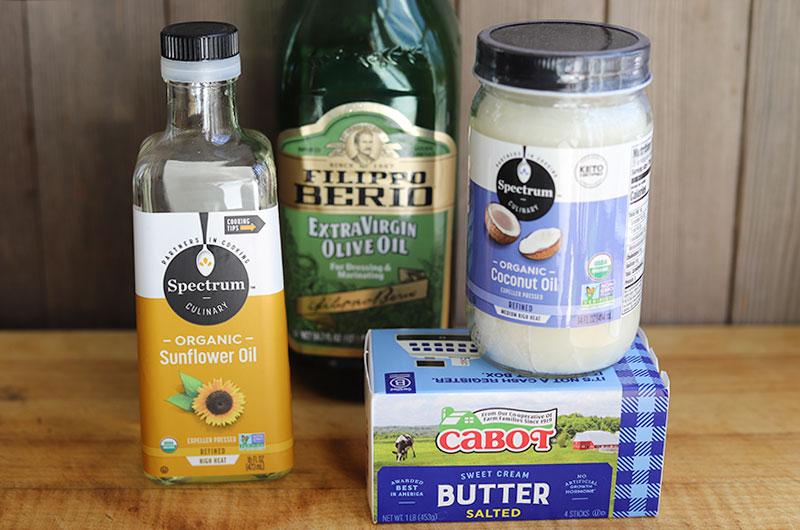
2. Fats: Butter, Vegetable Oils, Coconut Oil
Fat transports flavor (as well as nutrients) so by all means, don’t go without it if a recipe (or your repertoire) calls for a specific type and you don’t have it. Just remember that butter has a lower smoke point than most oils so if you use it for sautéing, it’s best to add a little bit of oil to it to raise the smoke point.
For a straight-up high-heat sauté, oils with a high smoke point and a fairly neutral flavor include grapeseed and sunflower. And coconut oil is the king of high-heat cooking. As much as I love extra-virgin olive oil for salad dressings and sauces, it’s really not the best choice for sautéing as the volatile oils (which provide the flavor) dissipate.

3. Salt: Kosher, Table, Sea
I’m never without a big red box of Diamond Crystal kosher salt in my pantry. I prefer its texture to that of Morton Kosher Salt, because I think it dissolves more readily. The reason chefs love kosher salt is that they can feel it and see it; learning to season with it is just a matter of using your eyeballs. It’s one reason I also love Martha's Vineyard Sea Salt’s premium salt (the other is the flavor). I particularly like to use MV Sea Salt in salads and on vegetable sautés.
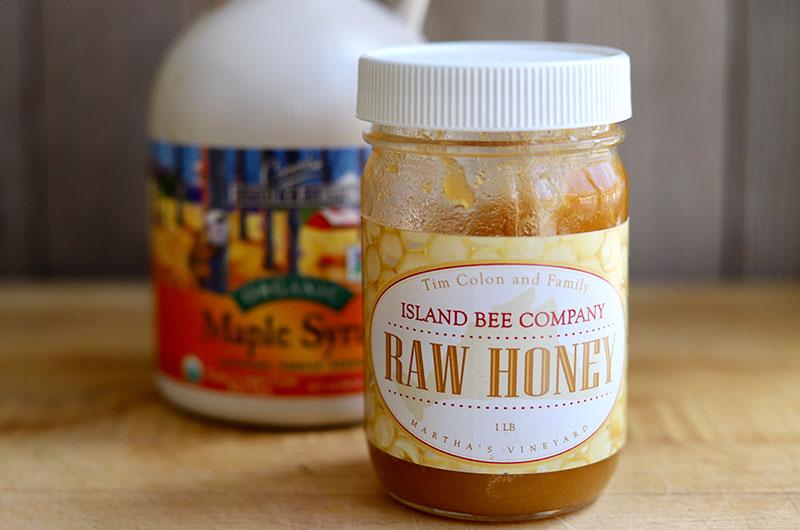
4. Sweets: Honey, Maple Syrup
Natural sweeteners have a unique ability to round out the harsh or unfinished edges of your cooking. I’m partial to maple syrup and honey; just a teaspoon in a salad dressing or a pan sauce brings everything together and adds a touch of earthy flavor, too. I like Island Bee Company’s darkest honeys, but regardless of where you live, buy local honey. Honey without an origin label can be adulterated. Darker grades of maple syrup are wonderfully viscous and flavorful but hard to find. A drop of molasses mixed in with lighter maple syrup can stand in.
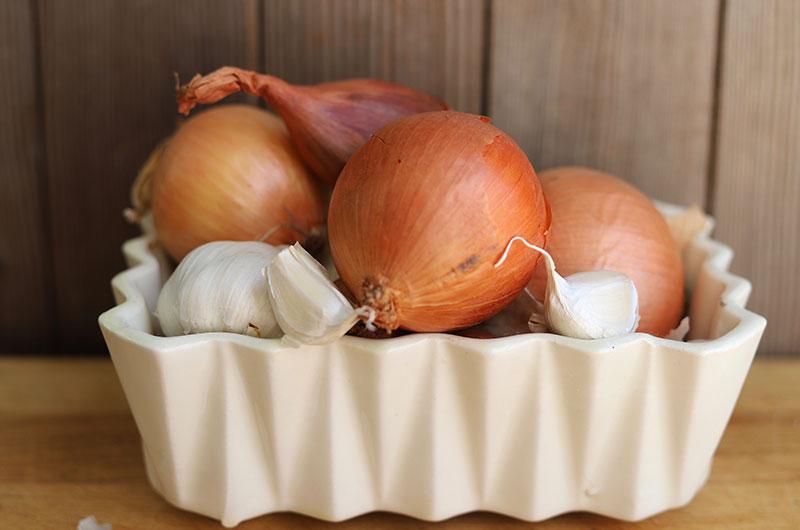
5. Alliums and Aromatics: Onions, Shallots, Garlic
On my dessert island, I’d probably have a bag of onions with me. But I’m crazy about the whole allium family — leeks, scallions, shallots, garlic —so if you don’t have one, use another. They aren’t the only aromatic vegetables you can have in your playbook (celery and carrots come to mind), but to my mind they impart the most lovely background flavor to any dish. Always sauté them gently in fat first to release their powerful aromas. My second aromatic love: Fresh ginger. Tip: Peel ginger with the back of a spoon. Use it finely chopped in marinades, salad dressings, stir-fries, soups, and sauces.
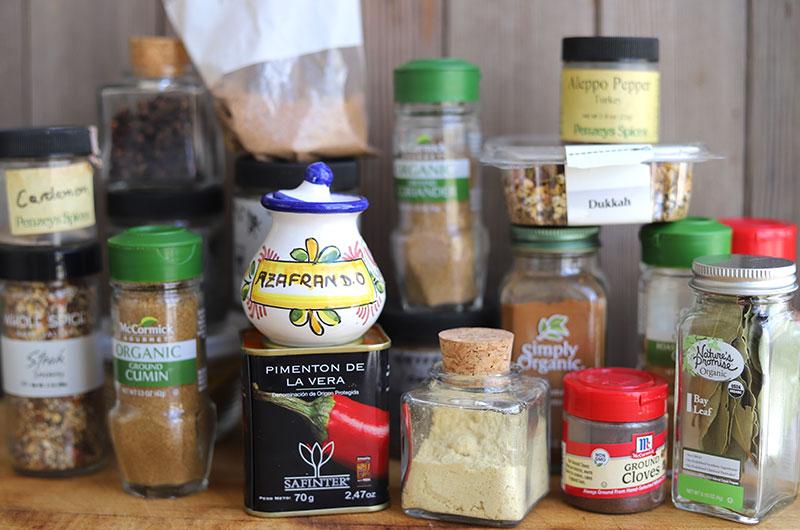
6. Spices: Beyond Pepper
Cooking with spices is challenging, in a good way. Learning to combine them is an adventure. Why not take advantage of quarantine cooking to start experimenting and substituting? Out of chili powder? Combine paprika, cumin, coriander and oregano. Add turmeric and allspice or cloves to that to make curry powder. If you’re baking a cake that calls for cardamom, it’s okay to use ginger or cinnamon instead — or a little of both. One cooking tip: always “bloom” your spices in fat (oil or butter) first to release their flavorful oils and erase the raw taste.
On black pepper: The reason freshly ground pepper tastes better than pepper that was ground weeks or months ago is all about those volatile oils: grinding peppercorns releases the oils, which then dissipate over time.
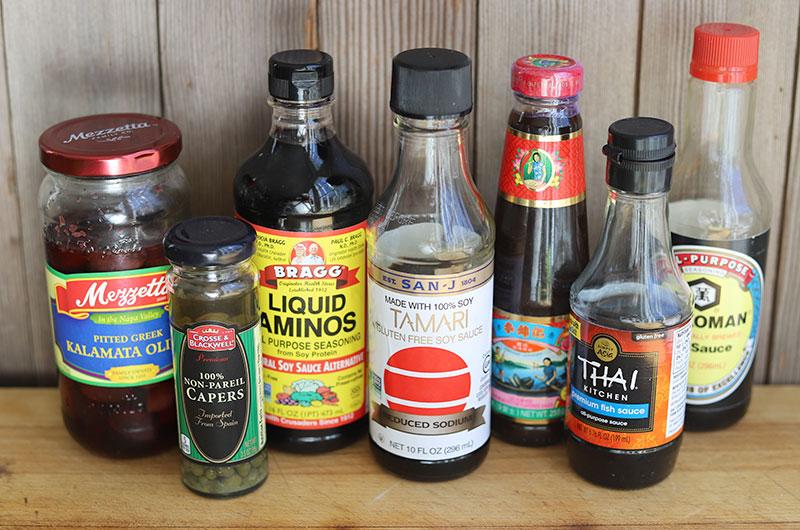
7. Umami: Soy Sauce, Fish Sauce, Oyster Sauce, Hoisin Sauce, Capers, Olives, Sundried tomatoes, etc.
If you read that list, you probably know where I’m headed. Salty, cured, and fermented condiments add huge flavor (of the meaty, umami kind) to everything from stir-fries to pastas. It’s good to know that many of these ingredients can stand in for each other. If your noodle soup calls for fish sauce (which you don’t have) try a little diluted Worcestershire sauce with maybe a dash of soy sauce. No olives for that pasta? Sundried tomatoes add the missing texture and acidity; a few capers replace the tang. You don’t need every condiment in the book in your pantry; a few will get you through.
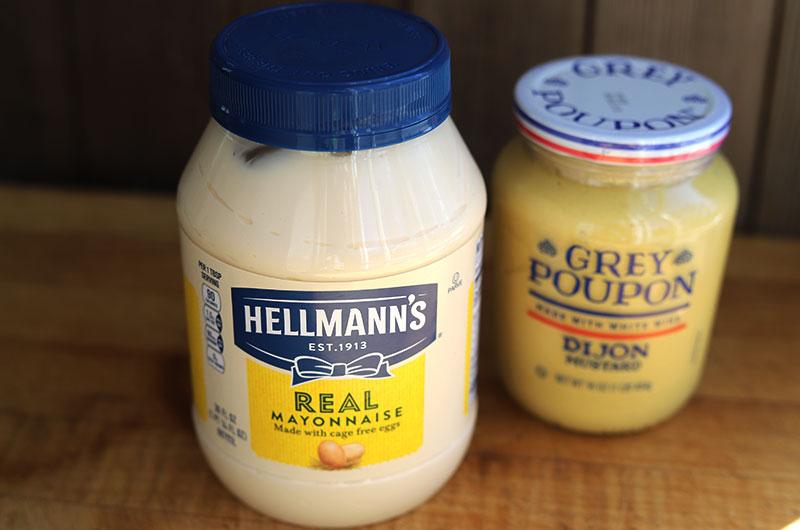
8. Emulsifiers: Mayonnaise, Dijon Mustard
For coating a fish filet and emulsifying a salad dressing, mayonnaise and mustard are irreplaceable. But you knew that. And you’ve got a hundred other ways to use them. These two are not negotiable.

9. Nuts: Sliced, Chopped, Whole, Toasted
Good food needs a change up in texture, so I am forever topping everything with walnuts, almonds, and pecans (my favorite). But I always toast them first. If you doubt the flavor difference between a toasted nut (spread on baking sheet and bake in a 375 degree oven just until fragrant and lightly brown) and a raw one, do a side-by-side tasting. The flavor magnifies and the texture improves, too. This is one ingredient where substituting is not just possible, it’s brilliant. So if you don’t have one kind of nut, use another. And if you have a chance to stock up, buy raw nuts (not roasted and salted). Bonus ingredient: Dried fruit. If you've got toasted nuts and any kind of dried fruit, you've got salads or pilafs that are instantly more interesting.
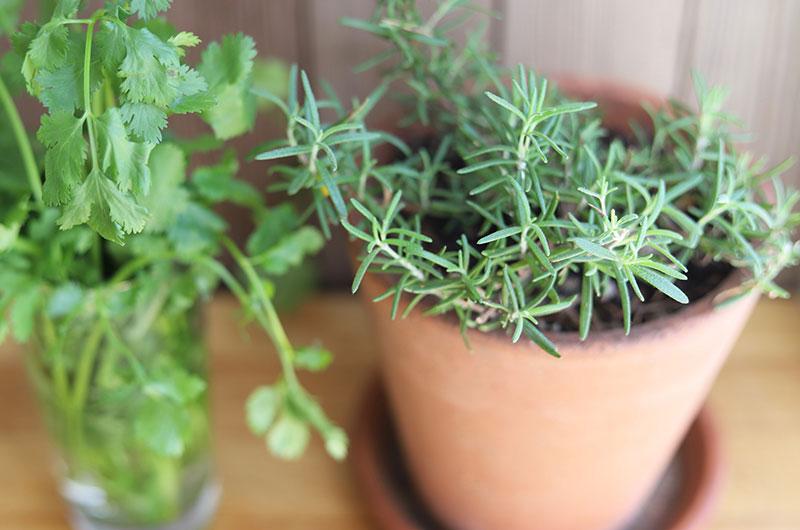
10. Fresh Herbs
I hesitated to include fresh herbs in this list, because it seemed impractical or extravagant during a quarantine. But I thought about my little pot of rosemary that sits in a sunny window all winter and it made me smile. Then I read astronaut Mark Kelley’s tips about living in isolation, and he mentioned the joy he got from flower seedlings he grew on the space station. Nothing is cheerier than something green and full of life, so we’re giving fresh herbs the thumbs up.
I don’t want you to run off to the grocery store unnecessarily to get a fresh bunch of anything. (Though if you do, please put parsley and cilantro in a tall glass of water in a cool spot out of the sun and the sprigs might live far longer than you’d expect.) But I do suggest that when circumstances allow, you buy a few herb seedlings from a nursery and plant them in pots. A little kitchen garden inside the house, or when the time comes, out on a deck or balcony, is cheering—and lets you add a final touch of beauty and freshness to any dish (without buying more than you need).
Again, you’ve got tons of room for substitution with fresh herbs. Basil and mint and cilantro all play well together and can stand in for each other. Swap thyme for oregano. Use parsley and chives with pretty much anything.

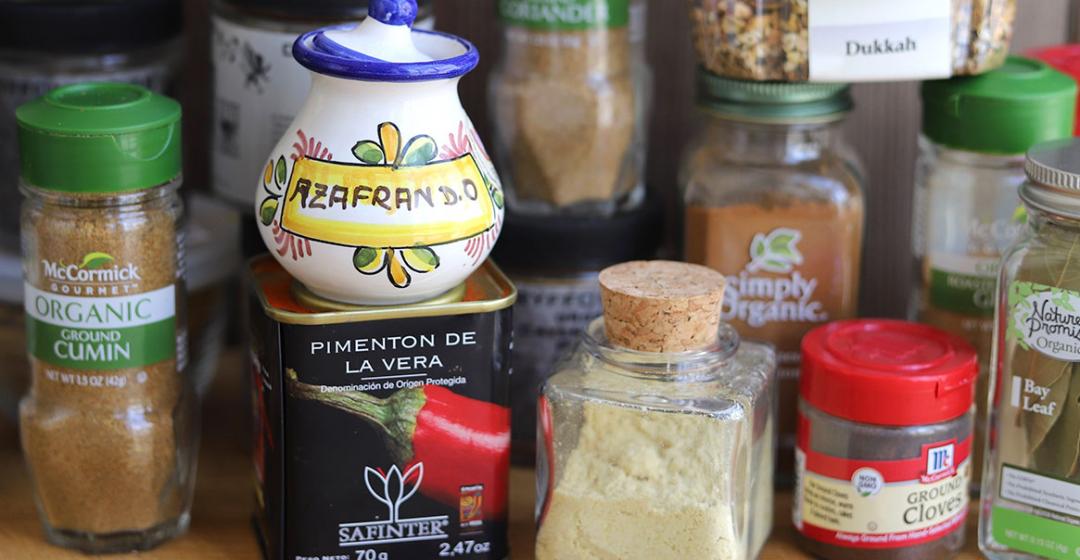


 2 comments
2 comments


Comments (2)